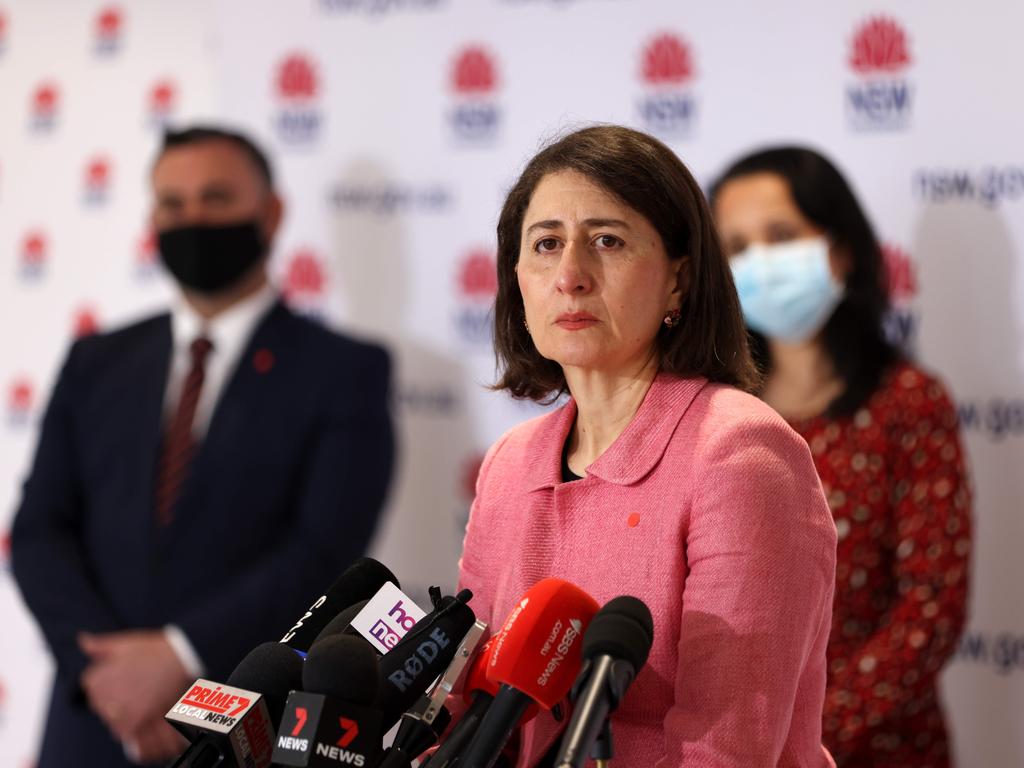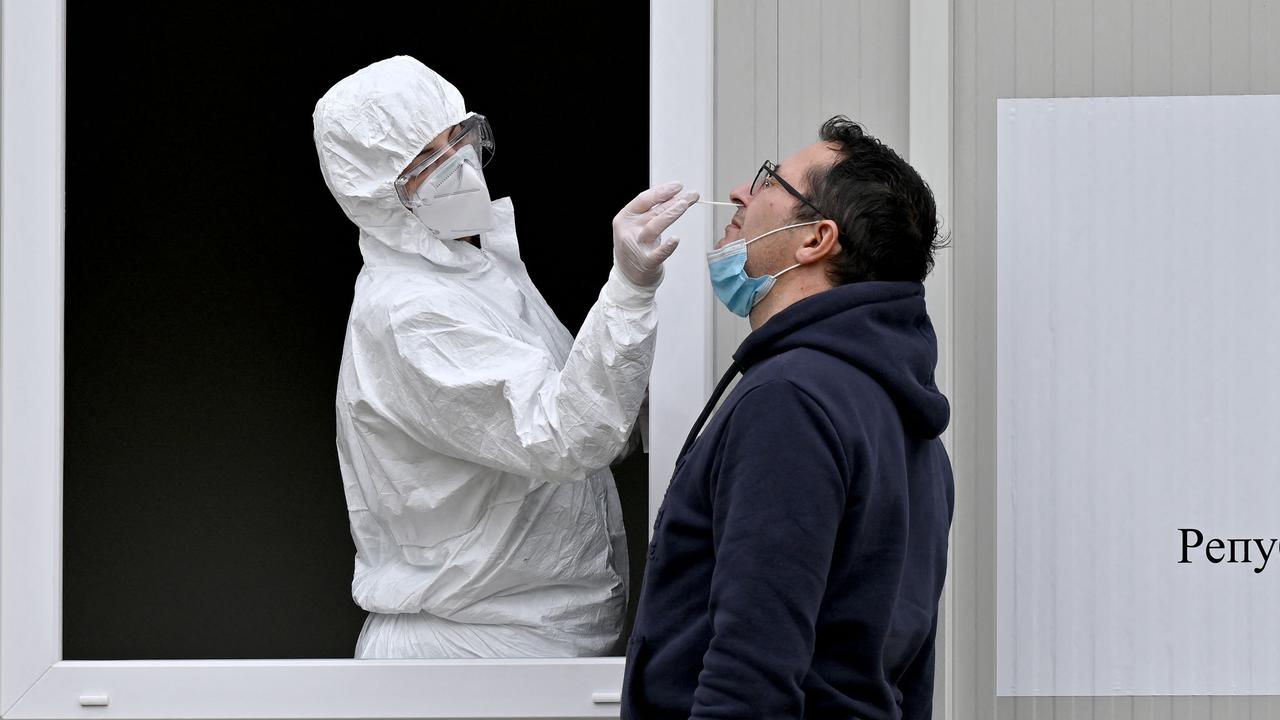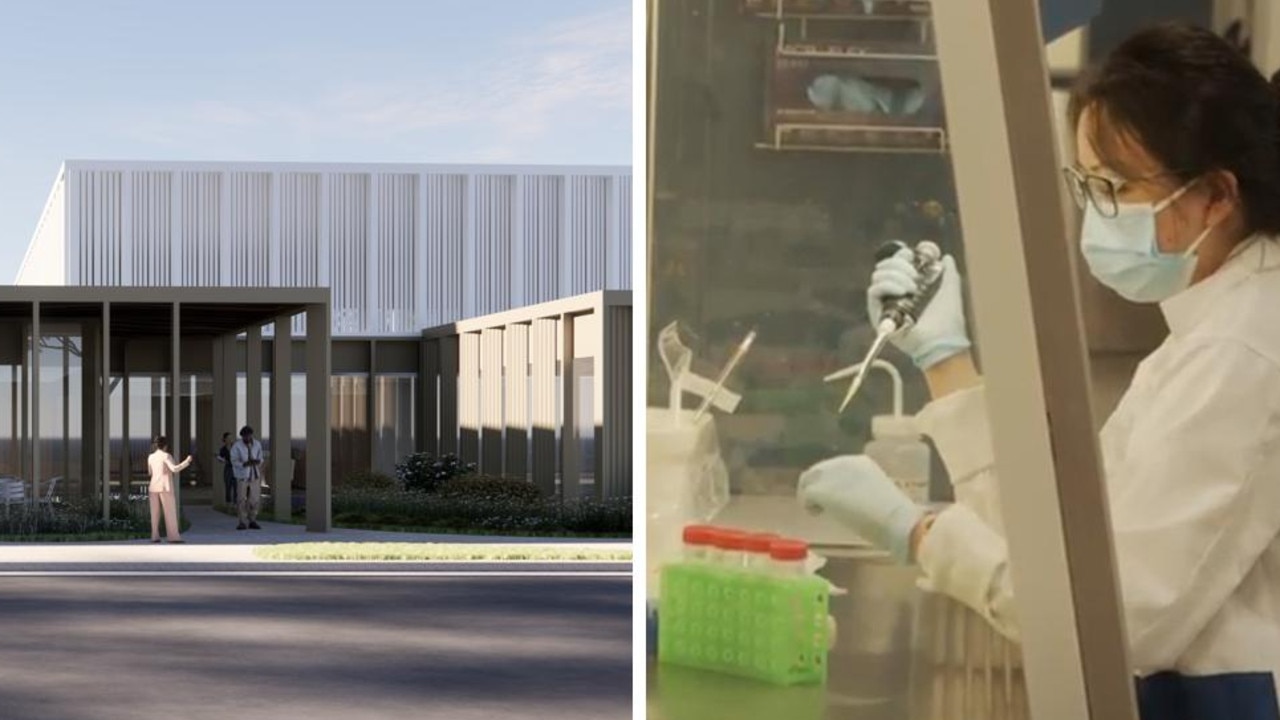Reopening Australia too early with lack of restrictions would cause ‘substantial mortality’, experts say
Frightening research has revealed the dire situation Australia would face if it rushed through its reopening process.

Frightening research has revealed the dire situation Australia would face if it rushed through its reopening process, ditching public health measures after the nation reached vaccination levels of 80 per cent.
The study, which has not yet been peer reviewed, says tens of thousands Australians would likely die and hundreds of thousands would likely develop cases of long Covid if the federal government were to push the country into Phase D of the national plan prematurely.
Phase D is the final phase of the plan and would involve things being “normal” and managing Covid like the flu, including having international borders opened up.
Lockdowns would be “a thing of the past” under Phase D and all vaccinated people able to travel to Australia without being subjected to inbound arrival caps or quarantine.
“We found substantial morbidity and mortality is likely to occur if the Australian government sticks to the national plan,” ANU economics professor and study co-author Quentin Grafton said.
The federal government has not yet specified when the country will enter Phase D.
At this stage, Prime Minister Scott Morrison says Australia will enter Phase C of “baseline restrictions” when 80 per cent of the population is vaccinated.
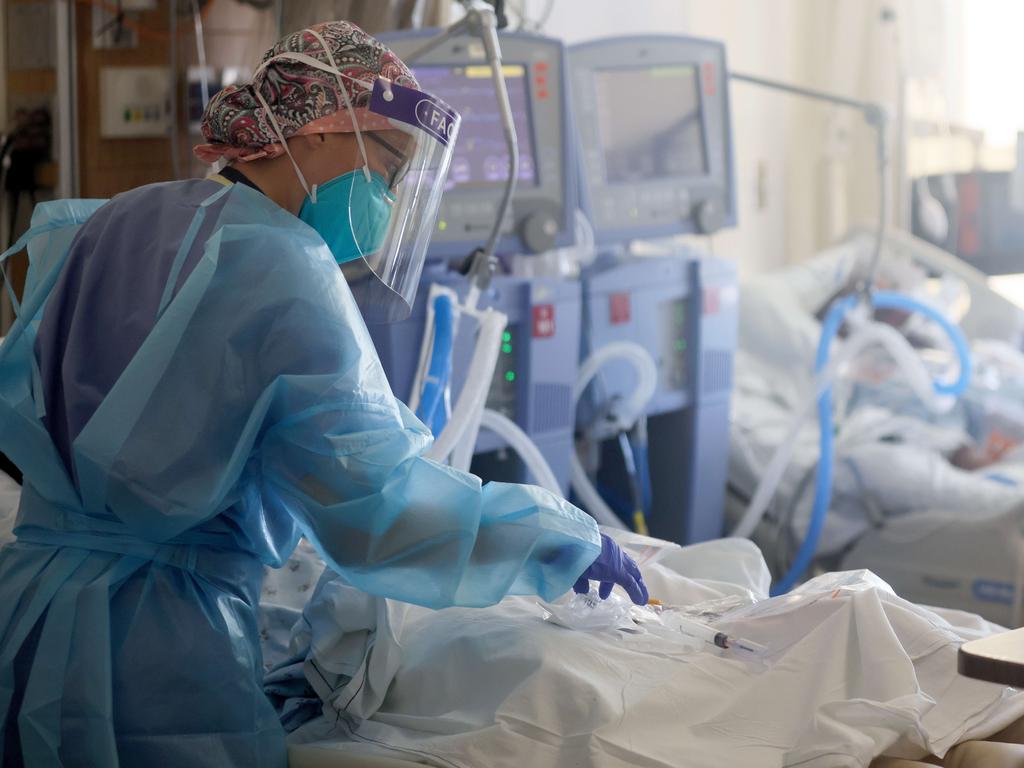
For this reason the federal government has pushed back against the academics’ modelling, stating it is “not based in reality and is not a model of anything the Prime Minister or national cabinet are pursuing to reopen Australia.”
“[The modelling] falsely assumes there will be no health protections after 70 per cent of the population is vaccinated, and it assumes vaccinations don’t increase past 70 per cent,” a government spokesman said.
“As The Doherty Institute itself has said, ‘There is light at the end of the tunnel’ – once we achieve 70 per cent to 80 per cent vaccination we will see less transmission of Covid-19 and fewer people with severe illness, and therefore fewer hospitalisations and deaths.”
The ANU-led modelling warns that if Australia reopens to Phase D with 70 per cent of Australians aged over 16 fully vaccinated, there could eventually be 6.9 million cases of Covid-19, 154,000 hospitalisations, and 29,000 fatalities.
“We simply can’t afford to do that, both in terms of lives and long-term illness from Covid,” Professor Grafton said.
And even if the PM waits until 80 per cent of the adult population are vaccinated to enter Phase D, thousands of lives would be lost, according to the modelling.
“Assuming 80 per cent vaccination coverage for only those over 16, as per the national plan, there could be approximately 25,000 fatalities and some 270,000 cases of long Covid,” Professor Grafton said.
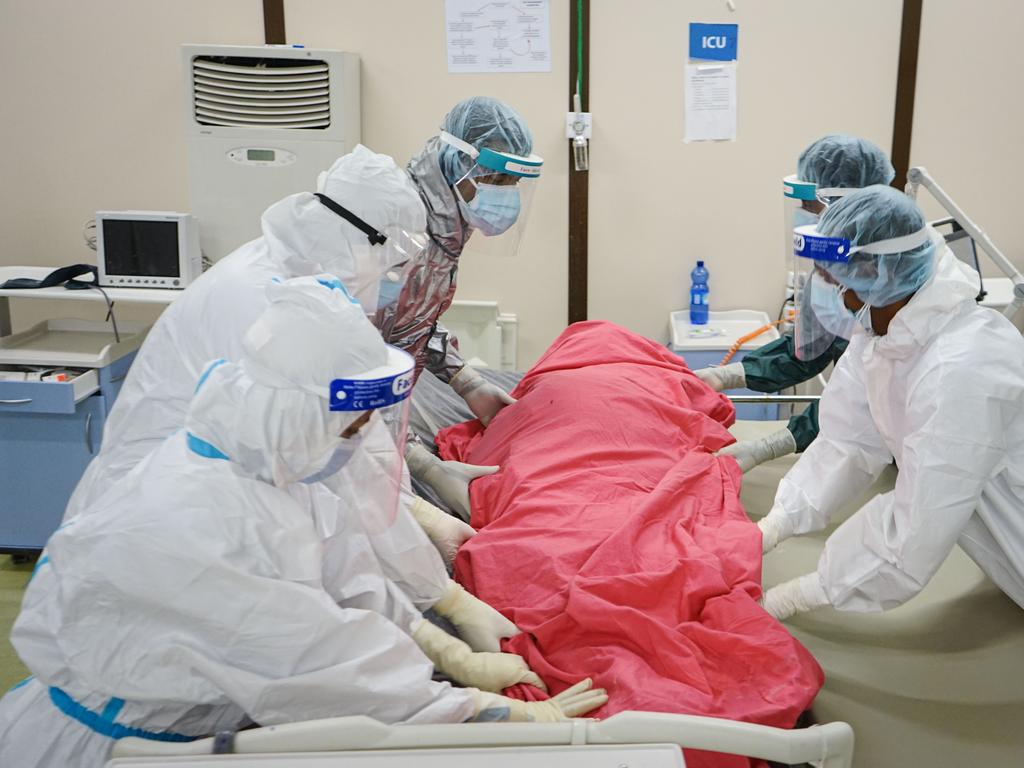
“The consequences of prematurely and fully relaxing public health measures to suppress Covid-19, even after vaccinating 80 per cent of adults, would likely be irreversible, and unacceptable to many Australians,” study co-author and University of Western Australia senior research officer Zoë Hyde echoed.
“It’s simply too dangerous to treat Covid-19 like the flu,” Dr Hyde said.
According to the ANU-led modelling, a vaccination rate of at least 90 per cent, which includes children under 16, is needed to prevent mass deaths and hospitalisations in Phase D.
“If children are also fully vaccinated, national fatalities – for all age groups – would be reduced to 19,000 with 80 per cent adult vaccination coverage. This would fall to 10,000 at a 90 per cent adult vaccination coverage,” Professor Grafton said.
“Children also directly benefit from vaccination. If we could achieve 75 cent vaccination coverage among children and adolescents, we could prevent 12,000 hospitalisations in these age groups.”
To give Australians a decent chance in a country without lockdowns or other restrictions, the researchers argue that four key steps must be achieved first:
- Vaccinating both children and adolescents
- Reaching 95 per cent full vaccination among people 60 and older as well as other vulnerable groups, including Aboriginal and Torres Strait Islanders
- Giving an mRNA booster shot to all Australians vaccinated with AstraZeneca, as well as a booster shot to those vaccinated with an mRNA vaccine, when appropriate
- Reaching more than 90 per cent vaccination coverage among all Australians
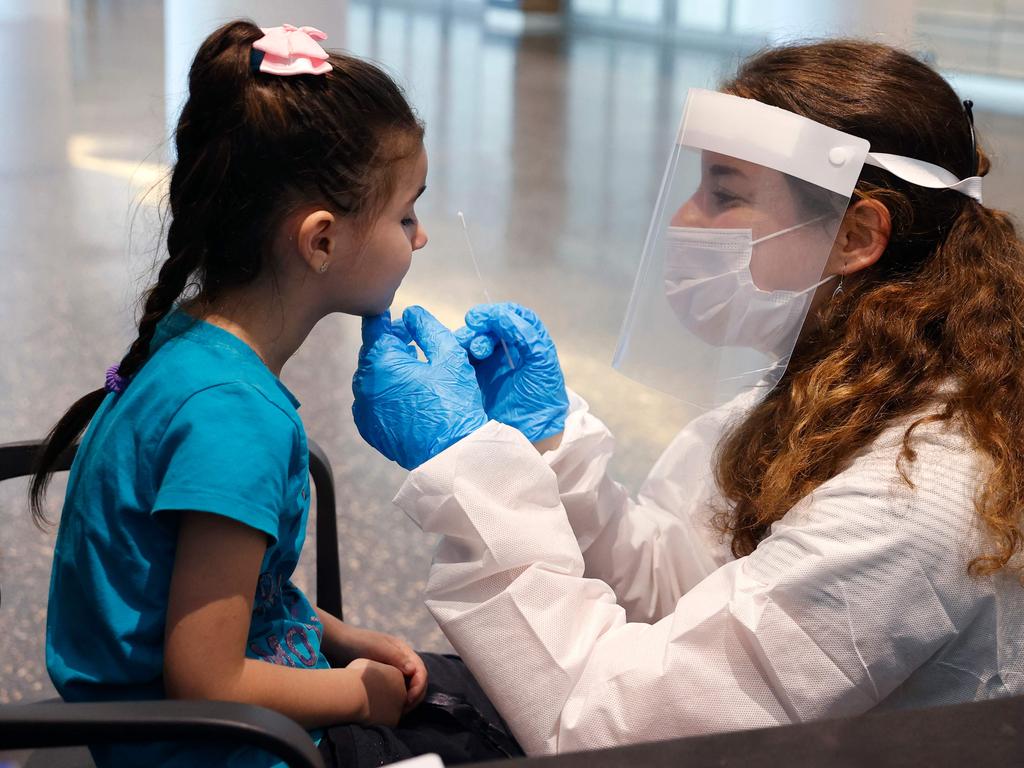
Study co-author and University of Melbourne environmental economics professor Tom Kompas warned his research had used the lower estimates of the severity of the Delta variant, meaning the real-life outcomes would likely be even worse than the modelling predicted.
“Our projections likely represent a lower estimate of the cumulative public health outcomes of fully relaxing public health measures at Phase D of the national plan,” he said.
But Professor Kompas said it wasn’t too late for the federal government to turn things around, noting there was still an opportunity to devise “a safe and affordable transition to a post-Covid-19 era”.
“If national cabinet revises its strategy to include our four vaccination steps, many lives will be saved, and many more, including children, will not suffer from debilitating long Covid,” he said.
THERE WILL NEVER BE COVID ZERO: DOHERTY RESEARCHERS
As contention over the Doherty Institute’s modelling and Australia’s path out of lockdowns ramps up, the experts behind the plan have revealed there will never be a “freedom day” because there will never be “Covid zero”.
Instead, with enough vaccination, Covid-19 will become less of a burden on the health system and citizens will learn to live with it like they do influenza.
In a statement released by the Doherty Institute ahead of new modelling expected to be presented to national cabinet on Friday, a spokesperson said it was important to note Covid-19 “won’t go away”, but it will be “easier to control”.
Last month, National Cabinet agreed on a four-phase “road map” out of Covid-19, based on modelling by the Doherty Institute.
When 70 per cent of the eligible population (currently adults aged over 16) is double-jabbed, the country will enter Phase B – “Vaccination transition phase” – where Covid-19 restrictions and lockdowns are still possible but less likely.
At 80 per cent, Phase C – “Consolidation” – will begin, with lockdowns only being “highly targeted” and vaccinated residents will be exempt from domestic restrictions.
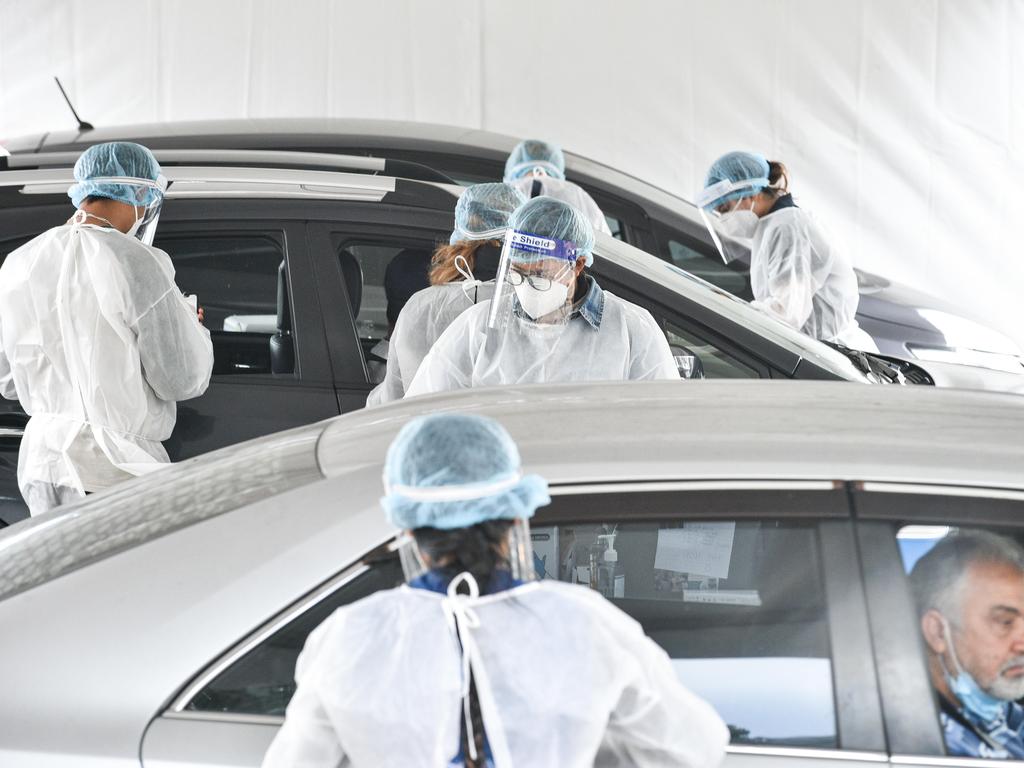
But, even after 80 per cent of the eligible population is vaccinated, Covid-19 will still need to be managed with some public health measures – test, trace, isolate and quarantine.
Restrictions will just ease further and lockdowns will become more generalised so that Phase D – “Normal” – can be reached, where Covid-19 is managed like the flu.
The UK removed the majority of restrictions last month, with July 19 labelled “freedom day”. It resulted in a spike of Covid-19 cases, with the country currently recording an average of 32,210 new cases and 98 deaths a day.
Prime Minister Boris Johnson said the move was “irreversible” and no further lockdowns would be imposed.
Back home, some state leaders are now arguing they won’t abide by the road map, because initial modelling was based on outbreaks with daily numbers of 30 and did not account for cases in excess of 800 currently being experienced in NSW.
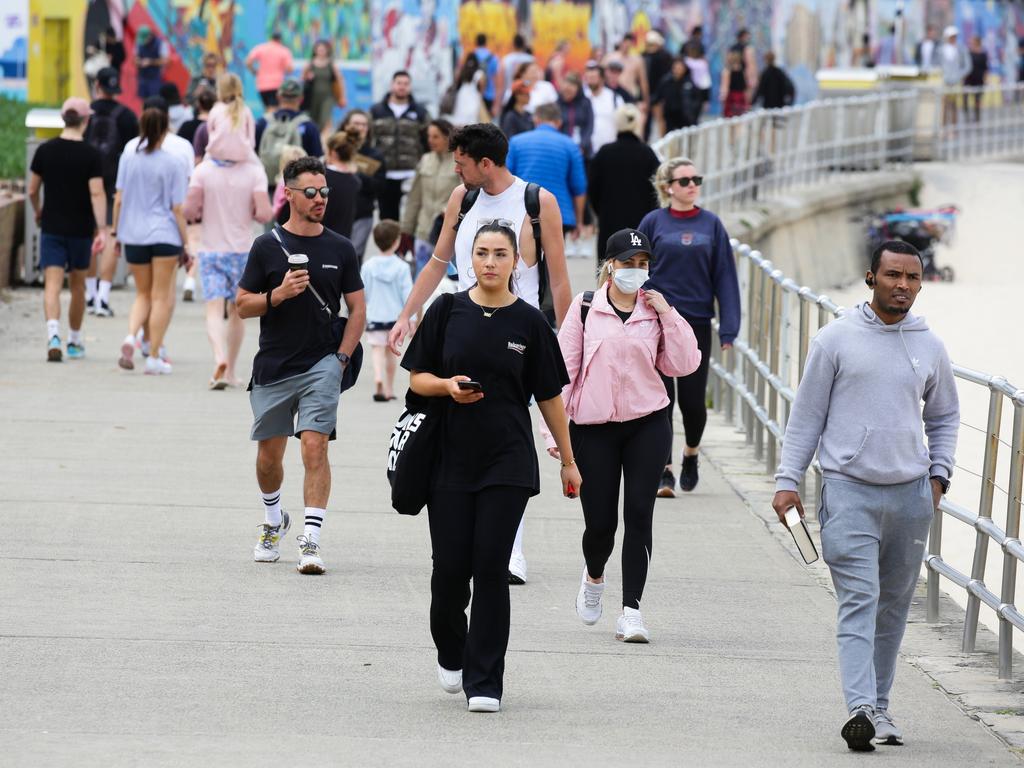
The institute said the 70-80 per cent level of vaccination will “make it easier to live with the virus,” as we do with other viruses such as the flu.
“However, it won’t be possible to maintain a situation where there are no cases at all. The focus will shift to keeping the number of people going into hospital and dying at a minimum,” the institute said.
“In an average year of influenza, we would roughly have 600 deaths and 200,000 cases in Australia. Any death is a tragedy but our health system can cope with this.”
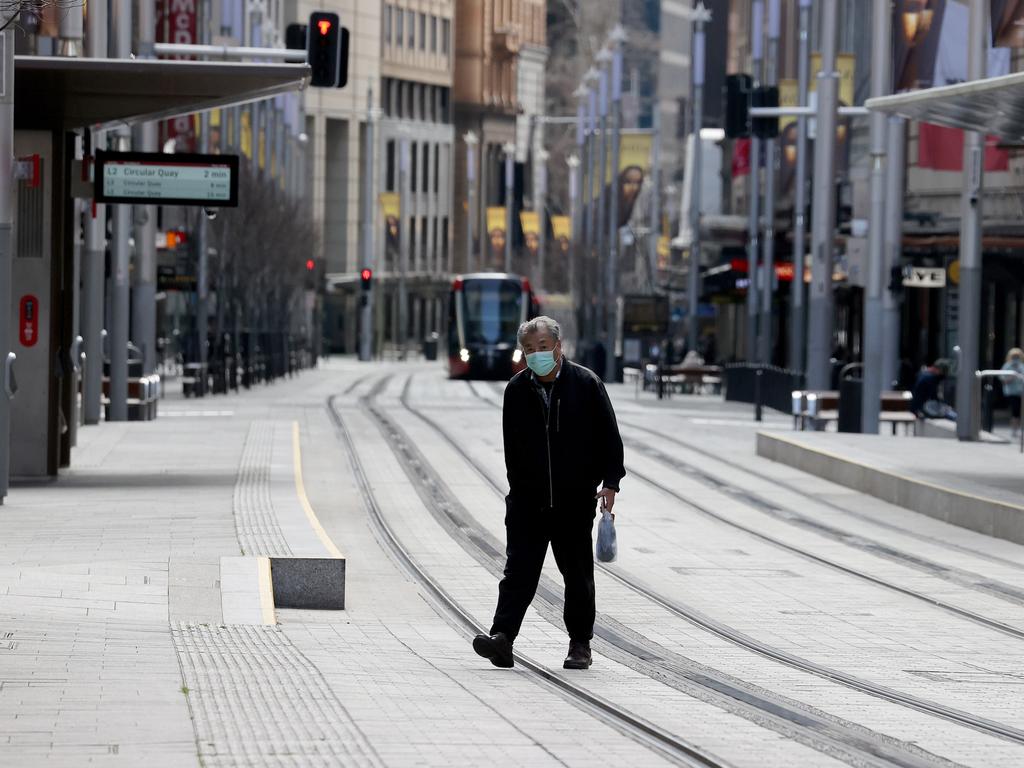
In the Covid-19 modelling from the Doherty Institute, opening the country up at 70 per cent vaccine coverage with partial public health measures would result in a predicted 385,983 cases and 1457 deaths over six months.
But, the Institute’s modelling recommends with “optimal” public health measures and no lockdowns, this could be significantly reduced to 2737 infections and 13 deaths.
“We’ve learned from watching countries that have removed all restrictions that there is no ‘freedom day’. We will need to keep some public health measures in place to keep the reproduction number below 1. But, as vaccination rates increase, we’ll be able to ease up further,” the Institute said.
“Once we reach 70 per cent vaccine coverage, opening up at tens or hundreds of cases national per day is possible, however we will need vigilant public health interventions with higher case loads.”
COVID ZERO ‘COMPLETELY UNREALISTIC’: GLADYS
NSW Premier Gladys Berejiklian says driving Covid-19 cases down to zero is “completely unrealistic” and some deaths will be an unfortunate consequence of living with the Delta strain.
“You do need to see if you can suppress the virus, if you can, and reduce the case numbers but you have to be realistic about it,” she told ABC 7.30 on Monday night.
“To have zero cases, no deaths and get to complete vaccination, that is not the real world.”
She said some cases and deaths would be unavoidable, drawing a comparison to the flu.
“We know no death is acceptable, no death is easy, but we know that outside of Covid-19 we lose to 600 to 800 people a year in NSW because of the flu,” she said.
“Our job is to give information to the community and prevent the loss of life as much as possible.”
Speaking to A Current Affair earlier, she said an 80 per cent vaccination rate would bring back “pretty much life as we knew it” before the pandemic.
